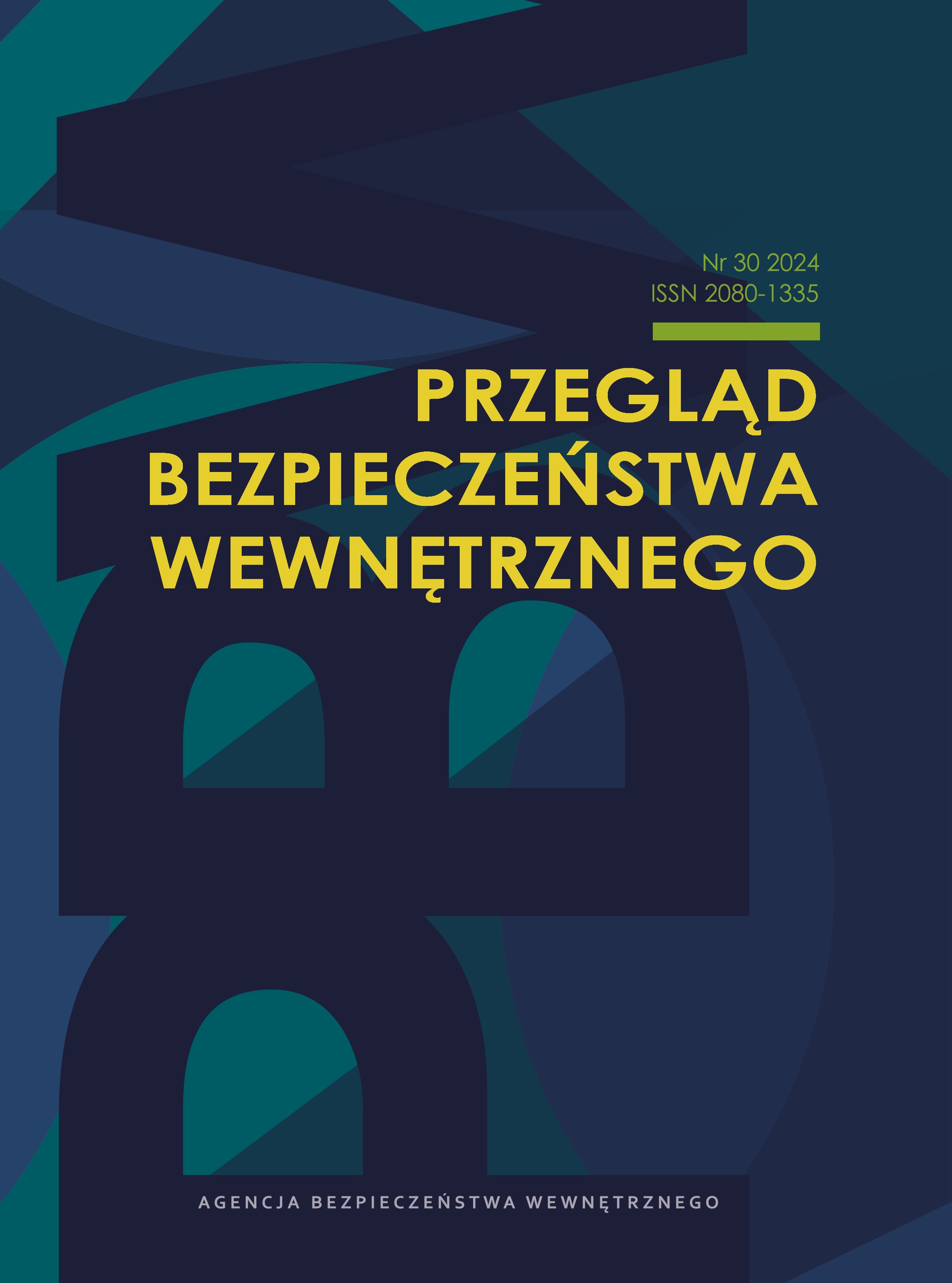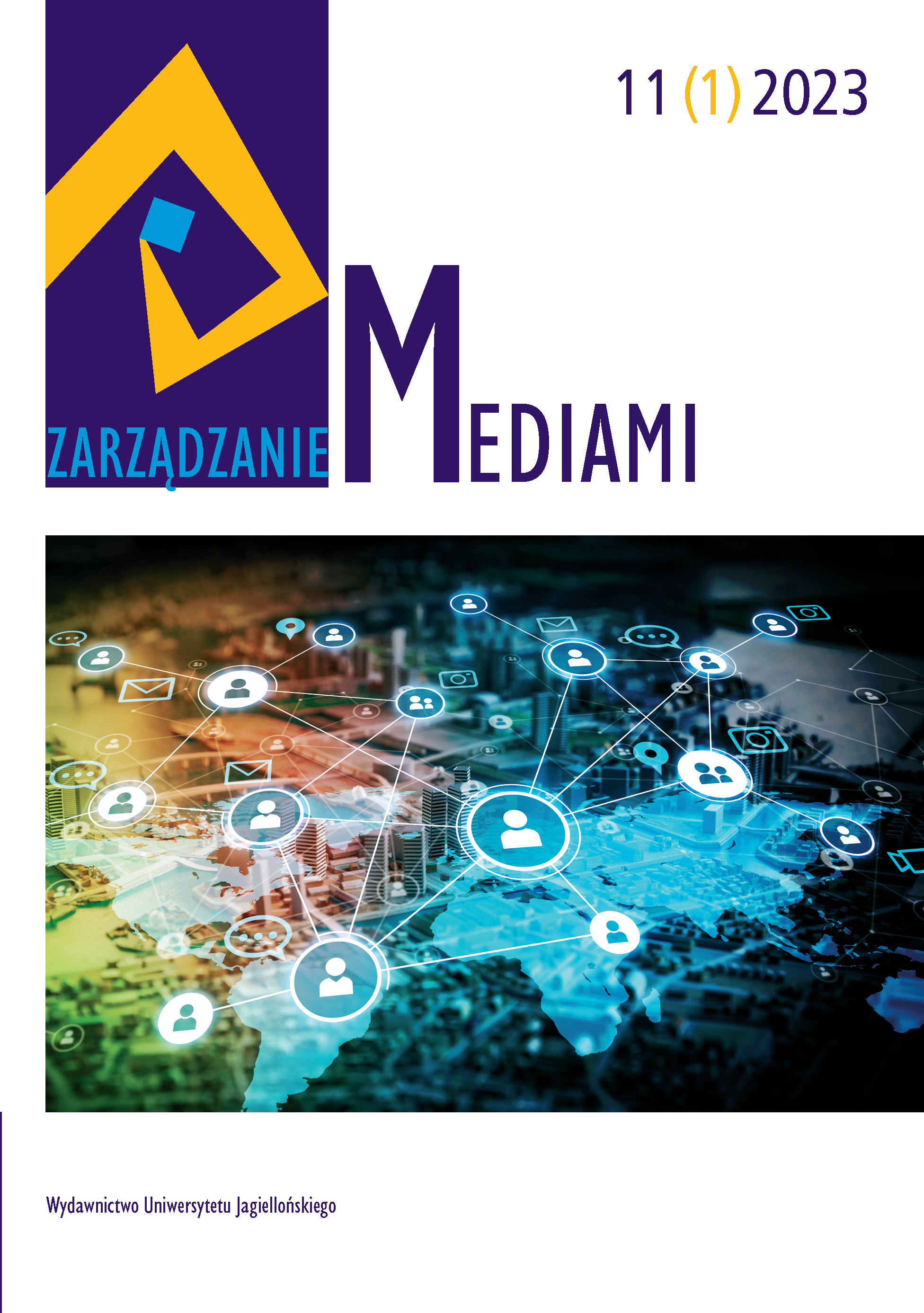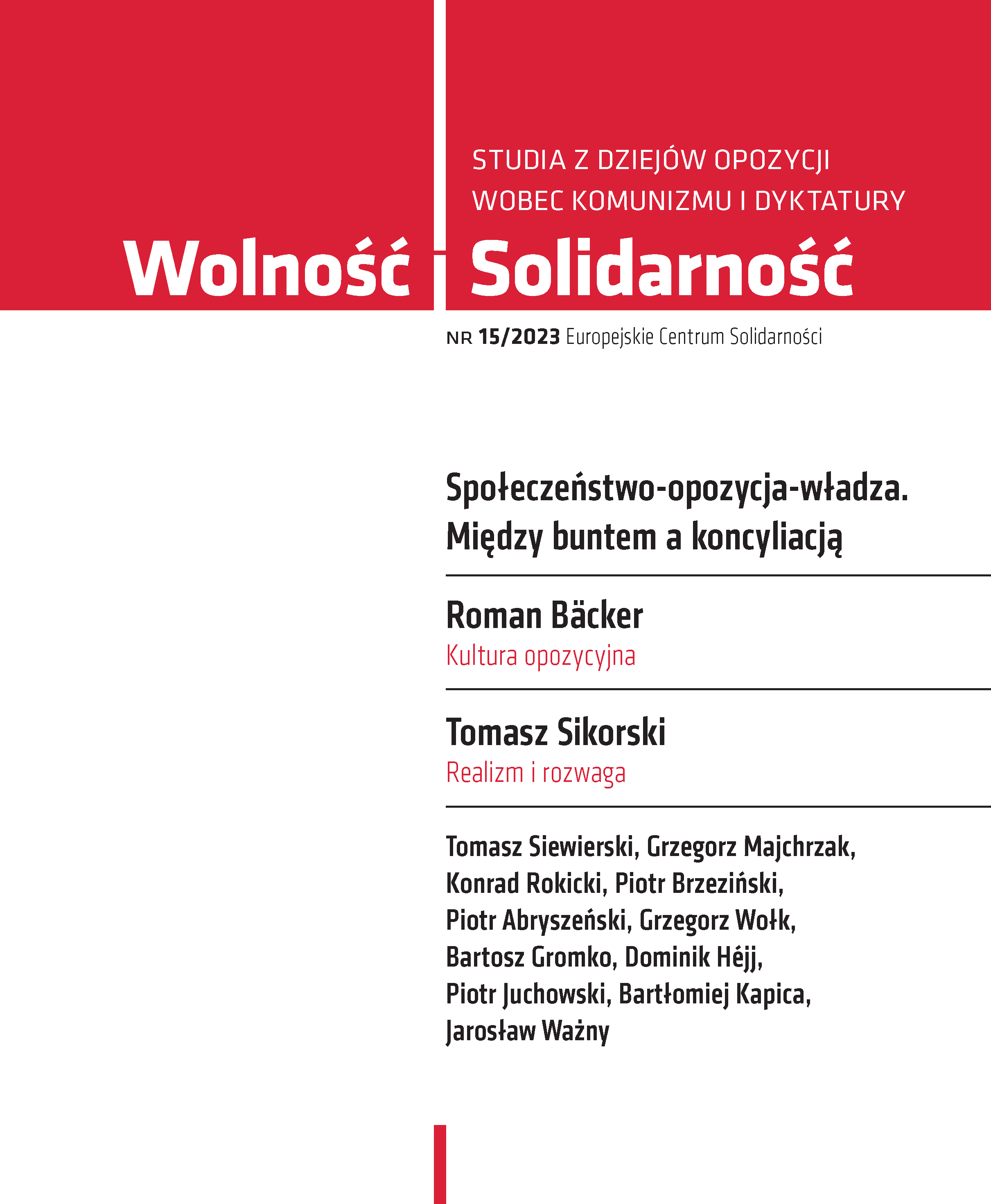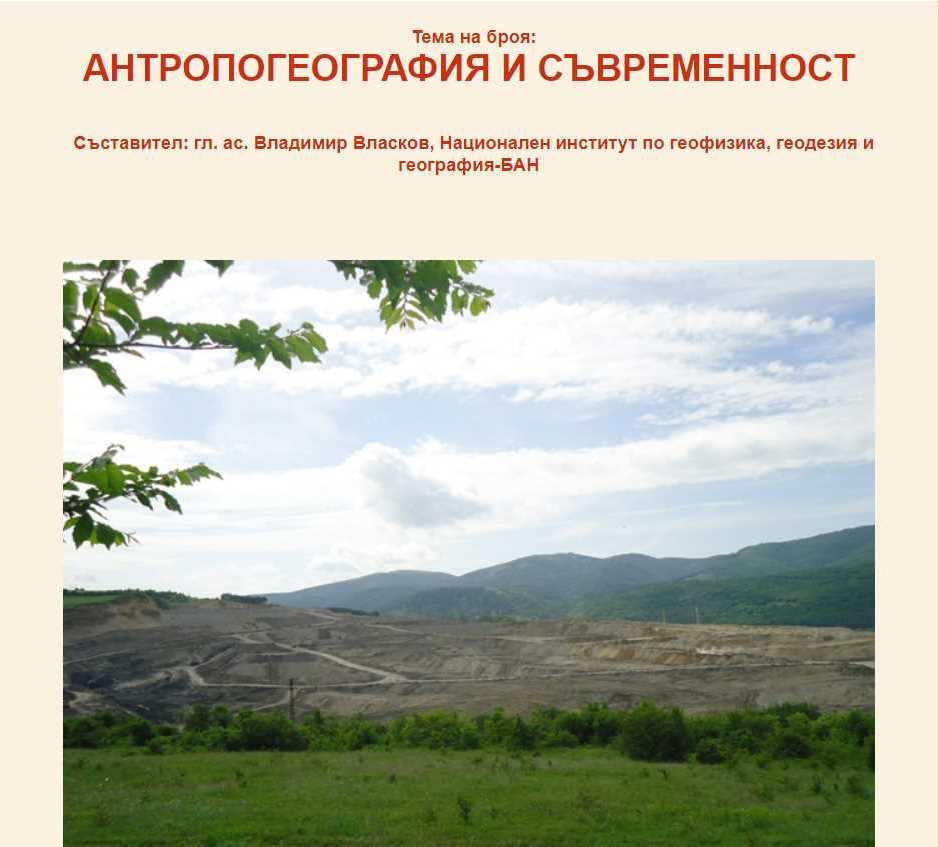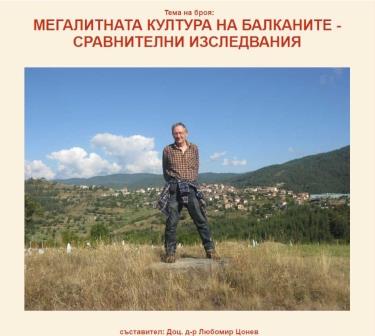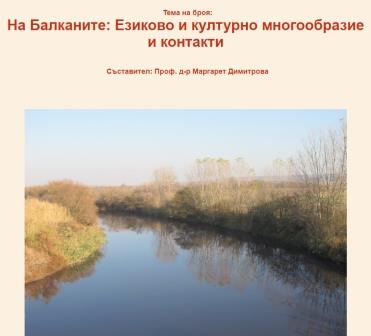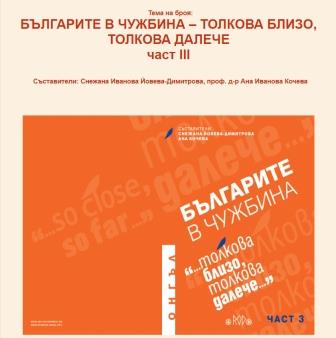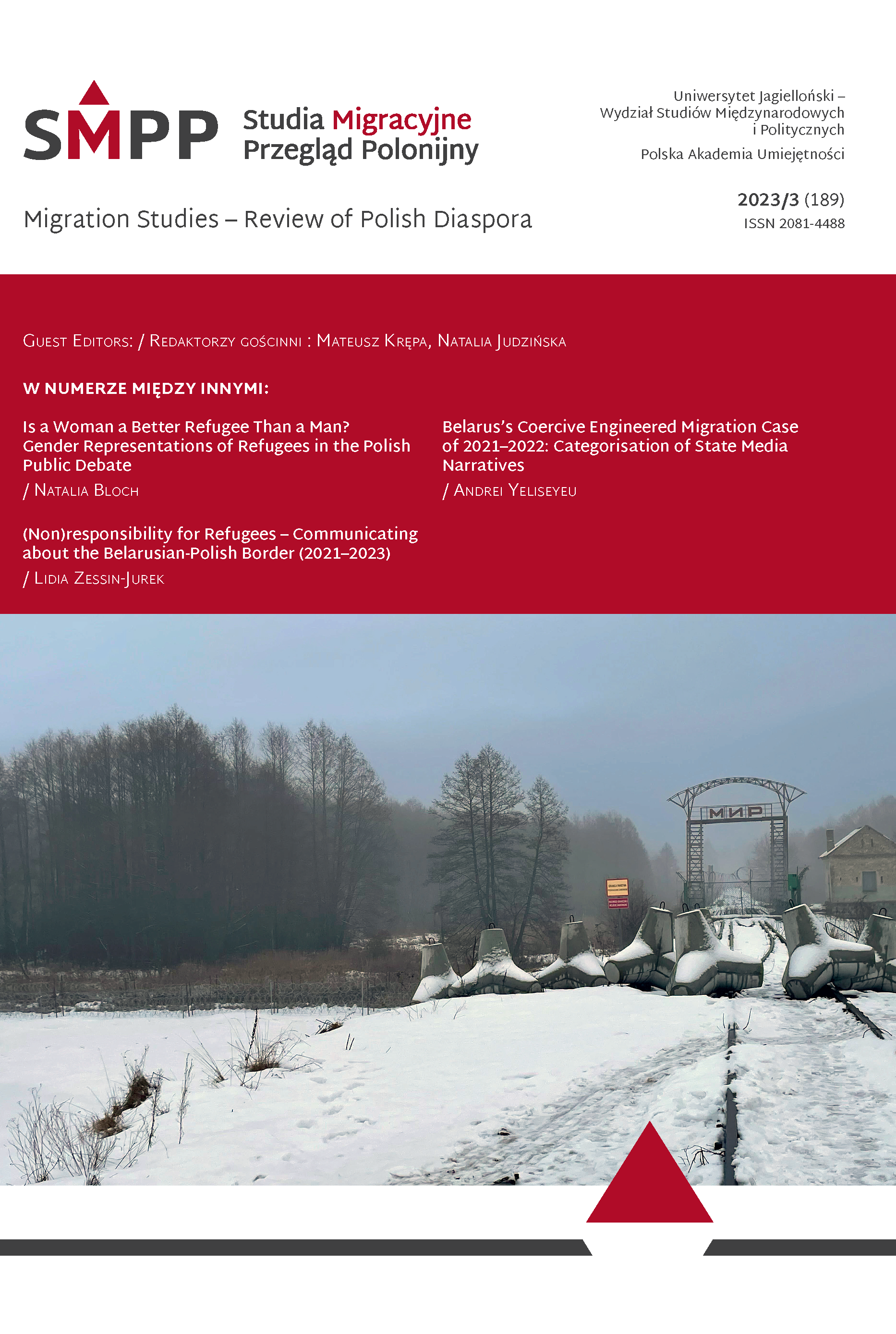
Can The Pushed-Back Speak? Tracing Narrative Agency of Enemised and Victimised Migrants in Poland
The pushed-back migrants are the main subjects of the humanitarian crisis on the Belarusian-Polish border; however their presence as public discourse producers are rather scarce. The aim of this research is to trace the narrative agency of these people and explore its link to their emancipation. Drawing on the postcolonial theory, we address the question of how the subaltern(ised) subjects produce their discourse. With the analysis of media content, literature, and artistic materials, we argue that the discourse production of pushed-back migrants in Poland is heavily limited, restricted, and often interrupted, however they manifest agency by manoeuvring victimisation and contesting the enemisation of themselves. Using these results, we conclude that the researcher’s role during this crisis should be a mix of translation and representation of what the pushed-back said and were forbidden to say.
More...
